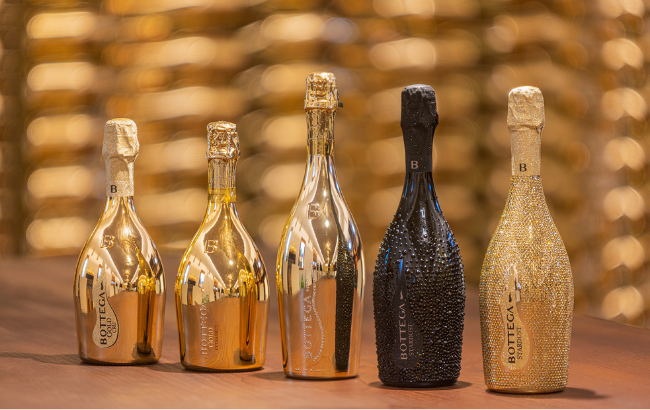Waitrose: online boom unlikely to be reversed post-pandemic
By Arabella MilehamUK retailer Waitrose Cellar reported its online wine sales grew 238% during the course of the Covid-19 pandemic, as part of grocery’s ‘rapid and steep’ move online that the retailer claims is unlikely to be reversed post-pandemic.
Waitrose buying manager Jamie Matthewson said there had been a “huge trend” for home mixology, with people experimenting with liqueurs and apéritifs while bars and pubs were shut.
“And the popularity of rosé has known no bounds this summer, with more people than ever before choosing to drink pink while enjoying the sunshine,” he said.
According to the retailer’s Food and Drink report 2020, ‘How Britain Shops online Food & Drink Edition’, 17% of people have been buying more wine online during lockdown, with some (23%) citing a better selection compared to in store as a reason and around 11% saying there was more information about wines online than in store, including tasting notes and recommendations. And nearly a quarter (22%) agreed that not having to carry the wines home themselves was a big draw.
A snapshot of the country’s online buying habits found that Londoners had made the largest number of wine orders during lockdown, but that more people in Scotland said they had switched to buying wine online since the pandemic started than anywhere else. Wales, meanwhile saw a minim boom for Chardonnay.
Move online ‘unlikely to reverse’
Writing in the report, Waitrose executive James Bailey said that the pandemic had hugely accelerated a growing trend – around 77% of people surveyed now do at least some of their grocery shopping online, compared to 61% a year ago.
“What would have previously been a gradual upward climb in demand has – with the outbreak of Covid-19 – turned into a trajectory more reminiscent of scaling Everest,” he said, noting that the steep and rapid curve had challenged all retailers’ resources.
“Businesses have been forced to speedily face into the ascent and scale up their operations or face a slippery slide downwards,” he wrote, pointing out that Waitrose had added more than 100,000 customer order slots to its website, to a total of around 160,000 slots available on a weekly basis.
Partner Content
The retailer was expecting online sale to account for nearly 20% of its total business in the near future, up from only 6% only last year – and because that nature of online shopping was one that becomes habitual, the changes was unlikely to reverse coming out of the pandemic.
The most rapid increase was seen in the over-55 age group, where regular online shoppers nearly trebled compared to last year, from 8% in 2019 to 23% in 2020. There was also growth in the 35-44 age bracket, going from 16% of people doing an online shop in 2019 to 32% now.
Around one in four people now do a grocery shop online at least once a week, he said, twice the amount than was recorded in 2019.
The survey of around 2000 ‘nationally representative UK adults’ was conducted on behalf of Waitrose in July 2020.
OnePoll research, conducted on behalf of Waitrose, July 2020, completed by 2000 nationally representative UK adults.
Next month Waitrose’s long-standing link with delivery service Ocado comes to an end, which was announced in February. The relationship between the two began in January 2002, when Waitrose & Partners started its own delivery service but, brought in the established networks of Ocado to deliver its own-brand products. From 1 September, Ocado will be in partnership with rival Marks & Spencer.
It comes after the new boss of parent company John Lewis, Sharon White unveiled radical changes to the business, which includes closing eight of its department stores in the UK following the challenges presented by the pandemic, focussing less on women’s fashion and abandoning its pledge to match rivals’ prices.




